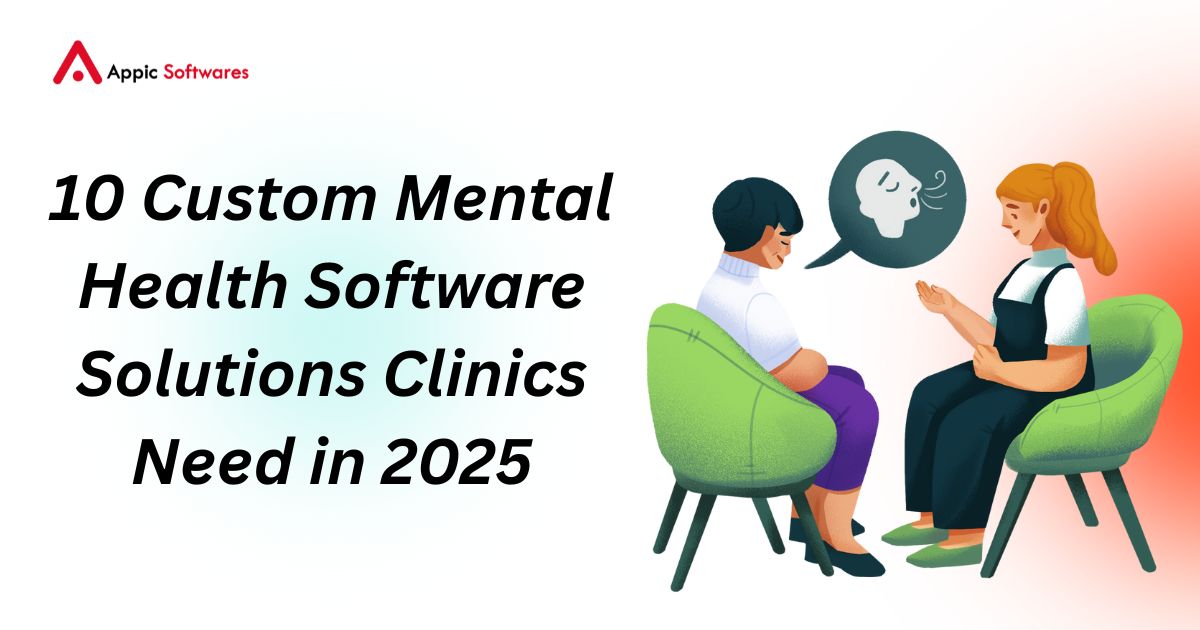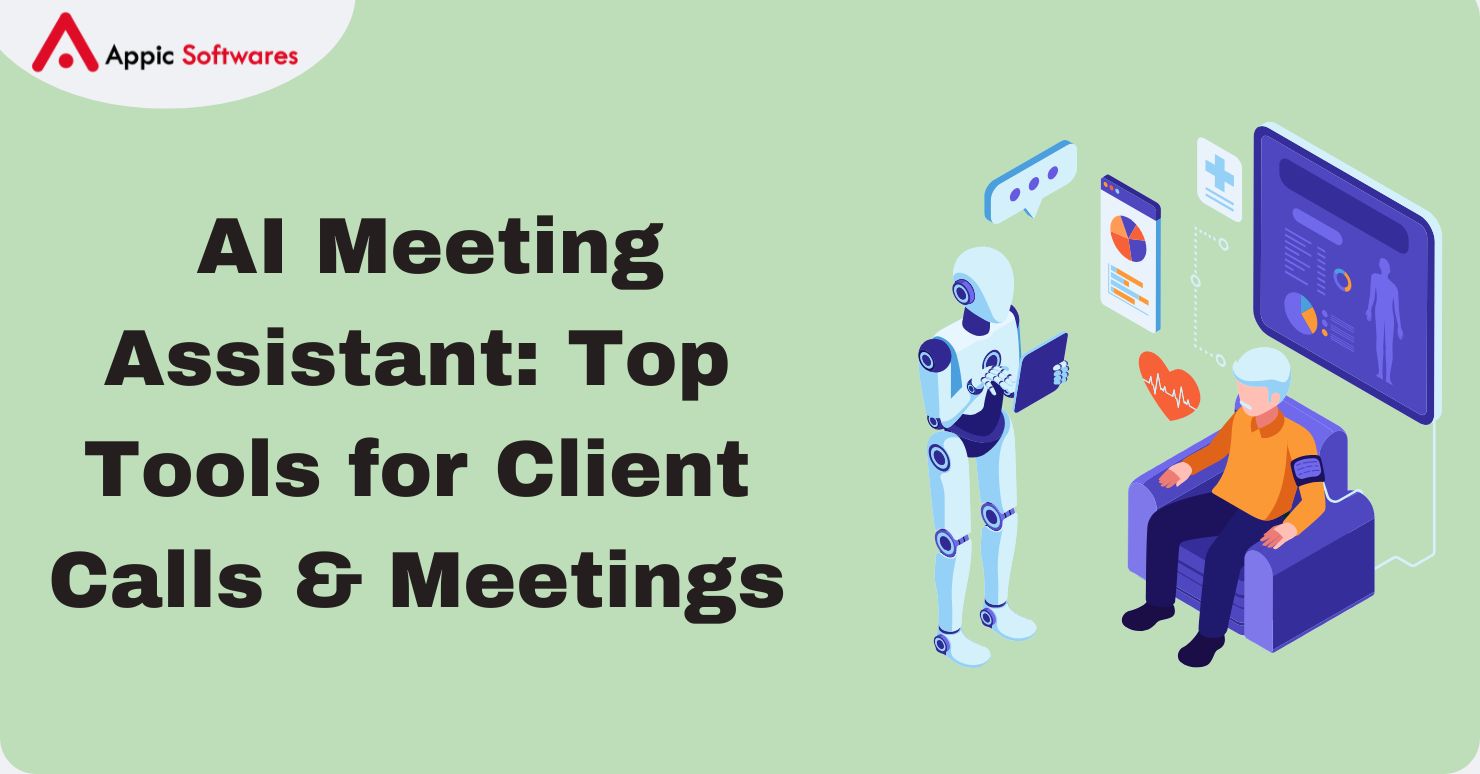
There’s a lot of work that goes into building a social media platform. You start with an empty platform, and by the end, you have created something that people scroll through daily.
And guess what? There are over 5.24 billion social media users worldwide as of 2025, spending an average of 2 hours and 24 minutes per day scrolling through content. With more than 90% of social media time happening on mobile apps, building a smart, scalable, and engaging mobile-first platform has become essential.
In this blog, we’ll walk you through that process, from scratch to scroll. We will discuss writing good code, making your feed personal, keeping it safe, helping users, and a number of other topics. This guide is for you if you are running an e-commerce app development company or want to build an e-commerce brand. That’s how you make a platform that works well and grows big.
Key Strategies To Build Scalable And User-Centric Platforms

Smarter Platforms Start With Smarter Code
The base of any social media is good code. It’s something like the roots of a tree. The tree requires strong roots to stand. The platform runs because of strong code. It all starts from scratch to scroll.
What makes code smart, then? It has to be clean and fast. Messy code is slow. If a lot of people use it, it can crash the app. The newest tools and tricks are for smart code. For example; developing can choose to use modern languages like Python and JavaScript. These take care of the app handling the massive amounts of posts, likes and messages (and more) with no issues.
It turns out testing matters as well. They check their code often, trying to catch mistakes before the user does. It keeps it smooth. It’s also smart code because, well, smart code saves time later. Having a solid base makes it easy to add new stuff like e-commerce mobile apps.
Starting from scratch to create a scroll feature requires significant effort in coding first. It’s the step that doesn’t allow everything else to move on.
Personalized Feeds: Goodbye Generic Timelines
In the past, everyone viewed the same content on old social media platforms. Not anymore. Today it’s personal feeds. Personal feeds play a significant role in the transition from scratch to scrolling. When users see something they like they stay longer.
How does it happen? The app watches what you do. It sees what you like or share. It knows who you follow. Then, it picks posts just for you. For example, if you love dog videos, you’ll see more of those. If you skip the news, it shows less of that. Simple, right?
The good news for businesses is that this is huge. Now let’s say you’re working on a platform to build an e-commerce brand. Users can then see products they might later buy through personalized feeds. More sales, that’s what it means. They keep scrolling because users don’t feel they’re being ignored, but instead feel like the app gets them.
Your personal feeds are no longer boring timelines, instead, they transform into something fun, from scratch to scroll. Today it’s a must-have.
Real-Time Moderation and Safety Tools
Social media things can get messy. There are all kinds of people posting all kinds of things. Some of it is that it’s bad, mean words and scary pictures. That’s why safety tools play such an important role. The tone they set keep the platform nice for everyone.
They’re fast tools. Trouble with them, they spotted right away. For example, the smart tech scans posts in seconds. It’s like ‘this stuff here could be bullying or spam.’ Your team members will then review the content and remove it if necessary. Users scroll and don’t see the bad stuff.
So then, why does this matter? Users just want to be safe. They will leave unless they don’t. Safety also builds trust from scratch to scroll. And It’s also Good For e-commerce business Ideas. Shoppers are happy when you make their shopping a safe platform. People don’t want to shop in an arena of junk posts.
It takes work to add safety tools, but it’s something we can do. It’s a big step forward for the scratch to scroll process.
Smarter Support: Built-In Help When Users Need It
Sometimes users get stuck. Perhaps they can’t share a photo at all. Or they don’t even know how to use a feature. That’s fast and good support fixes that. That’s what it took to go from scratch to scroll.
Were we to feel like it? Help is put inside the app. No emails either and waiting. There can be a help button that shows answer something common. Or we can right away talk to users with a chatbot.
For example, if someone asks, “How do I change my name?” the bot tells them. It’s quick and easy.
This helps businesses too. Imagine a company that develops ecommerce apps creating a platform. Users might ask about e-commerce mobile apps, like how to buy stuff. Built-in help provides immediate answers to these questions. Happy users stick around longer. From scratch to scroll, support keeps things running smooth. It’s like having a friend there to help.
Predictive Features That Drive Retention
Retention means users come back. A platform needs that to grow. Predictive features make it happen. They’re a big deal in the scratch to scroll story.
What are they? Features that guess what users want. The app looks at what you’ve done before. Then, it suggests new things. For example, it might say, “Hey, join this group!” or “Check out this post!” It’s based on what you like. If you watch cooking videos, it shows you more recipes.
This keeps users hooked. They feel like the app knows them. For Ecommerce Business Ideas, it’s gold. Predictive stuff can push products users might buy. That’s more money for the platform. From scratch to scroll, these features turn one-time visitors into regulars. It’s smart and simple.
Experience Optimization Through Smart UX Design
UX design makes the app easy to use. It’s about how it looks and feels. Good design is a huge part of going from scratch to scroll. If the app’s confusing, users won’t stay.
What’s smart UX? Clear buttons. Nice colors. Simple menus. For example, a big “post” button is easy to find. A clean layout helps users focus. Designers test it too. They ask real people, “Is this fun to use?” Then, they fix what’s wrong.
This matters for businesses. An e-commerce app Development Company needs good UX for e-commerce mobile Apps. If buying stuff is hard, no one shops. But if it’s smooth, sales go up. Users love it when things just work. From scratch to scroll, UX design makes the platform shine. It’s what keeps people coming back.
Built-In Tools for Creators to Earn and Grow
Creators make social media alive. They post videos, pictures, and stories. Tools for them are a must. They’re part of the scratch to scroll plan.
What kind of tools? Money-making ones, like ads or paid posts. Analytics too they show creators who’s watching. For example, “Your video got 500 views today!” Promotion tools help them reach more people. Maybe a “boost” button to share their stuff more widely. This helps businesses too. Say you want to Build An e-commerce brand. Creators can sell products on the platform. They grow, and so does your app. It’s a team effort. From scratch to scroll, creator tools build a busy, happy community. It’s a win for everyone.
Real-Time Insights That Help Clients Grow
Data tells you what’s working. Real-time insights give that info fast. They’re a big piece of going from scratch to scroll. Businesses and creators love them.
How do they work? The app tracks stuff like likes or views. It shows it live. For example, a business sees, “Most likes come at 7 p.m.” So, they post then. A creator learns, “Short videos do best.” So, they make more.
This is perfect for ecommerce business ideas. Insights show what sells. If T-shirts get more clicks than hats, focus on T-shirts. It’s simple but powerful. From scratch to scroll, insights help clients grow. They turn guesses into smart choices.
You may like reading: How Much Does It Cost To Develop MVP For Ecommerce Website In 2024?
How Much Does it Cost to Build a Social Media App?
Many people wonder: How much money is required? Building from scratch to scroll isn’t cheap. But it depends on what you want.
First, you need people. Developers write the code. Designers make it look good. Managers keep it on track. In some places, a developer costs $100,000 a year. A small team might be $300,000 total. Big apps need more.
Then, there’s upkeep. The cost of maintaining servers that store all the posts and pictures is $1,000 or more a month. Marketing gets users to join, which adds another chunk of cash.
For an e-commerce app Development Company, costs might drop. You’ve got skills already. Still, a basic app could be $10,000 to $20,000. A fancy one? $80,000 or more. Money plays a significant role throughout the entire process, from initial concept to final product. Plan it out, and you’ll know what to expect.
Conclusion
Going from scratch to scroll takes time and effort. You need smart codes, personal feeds, safety, support, and more. Although it may seem overwhelming, the effort ultimately yields positive results. It’s an opportunity to establish an e-commerce brand with the help of a leading e-commerce app development company like Appic Softwares. E-commerce mobile Apps can fit right in.
So, you learned how it works. It’s about making something users love. Start with a plan, build it step by step, and watch it grow. From scratch to scroll, you can create a platform that stands out.
Ready to build your e-commerce app? Let Appic Softwares turn your idea into a powerful mobile experience, custom-built, scalable, and user-focused.
Get in touch with us today!
Frequently Asked Questions
1. How does a social media app create personalized feeds for users?
A social media app creates personalized feeds by tracking user interactions like likes, shares, and follows. Algorithms analyze this data to identify preferences, such as showing more travel posts if you engage with them often. This ensures every user gets a tailored experience that keeps them scrolling.
2. How does real-time moderation work to keep the platform safe?
Real-time moderation combines AI and human efforts. As content is posted, AI scans it for issues like hate speech or spam, flagging anything suspicious. Human moderators then review flagged items, removing harmful content almost instantly. This keeps the platform safe and enjoyable for everyone.
3. Why is built-in help better than traditional customer support?
Built-in help, like chatbots or in-app guides, offers instant solutions to user questions, such as resetting a password, without delays from emails or calls. It’s faster and more convenient, improving the user experience by solving problems right where they happen.
4. What do predictive features do, and how do they help retain users?
Predictive features use past user behavior to recommend content or actions, like suggesting friends or posts you might like. By making the app feel intuitive and relevant, these features keep users engaged, encouraging them to return regularly.
5. What are the key elements of a smart UX design for a social media app?
A smart UX design includes simple navigation, a clean layout, and intuitive features that need little explanation. Testing with real users ensures it’s easy to use. This approach makes the app fun and frustration-free, keeping users hooked.
6. What tools can creators use to earn money and grow their audience?
Creators can use tools like ad placements, paid promotions, or in-app shops to earn money. Analytics show them what content works best, while promotion options help expand their reach. These features support creators in building a thriving presence.









